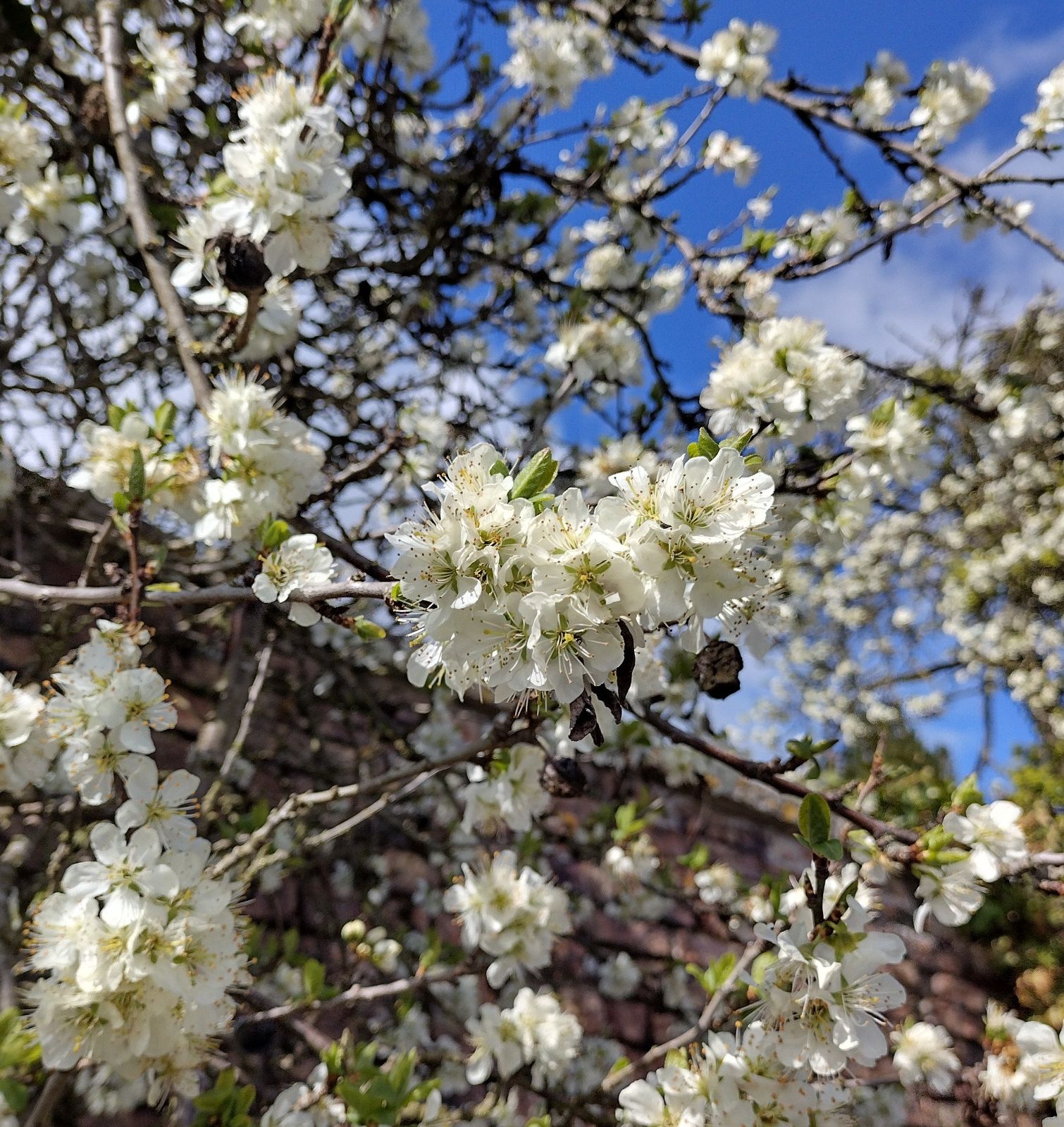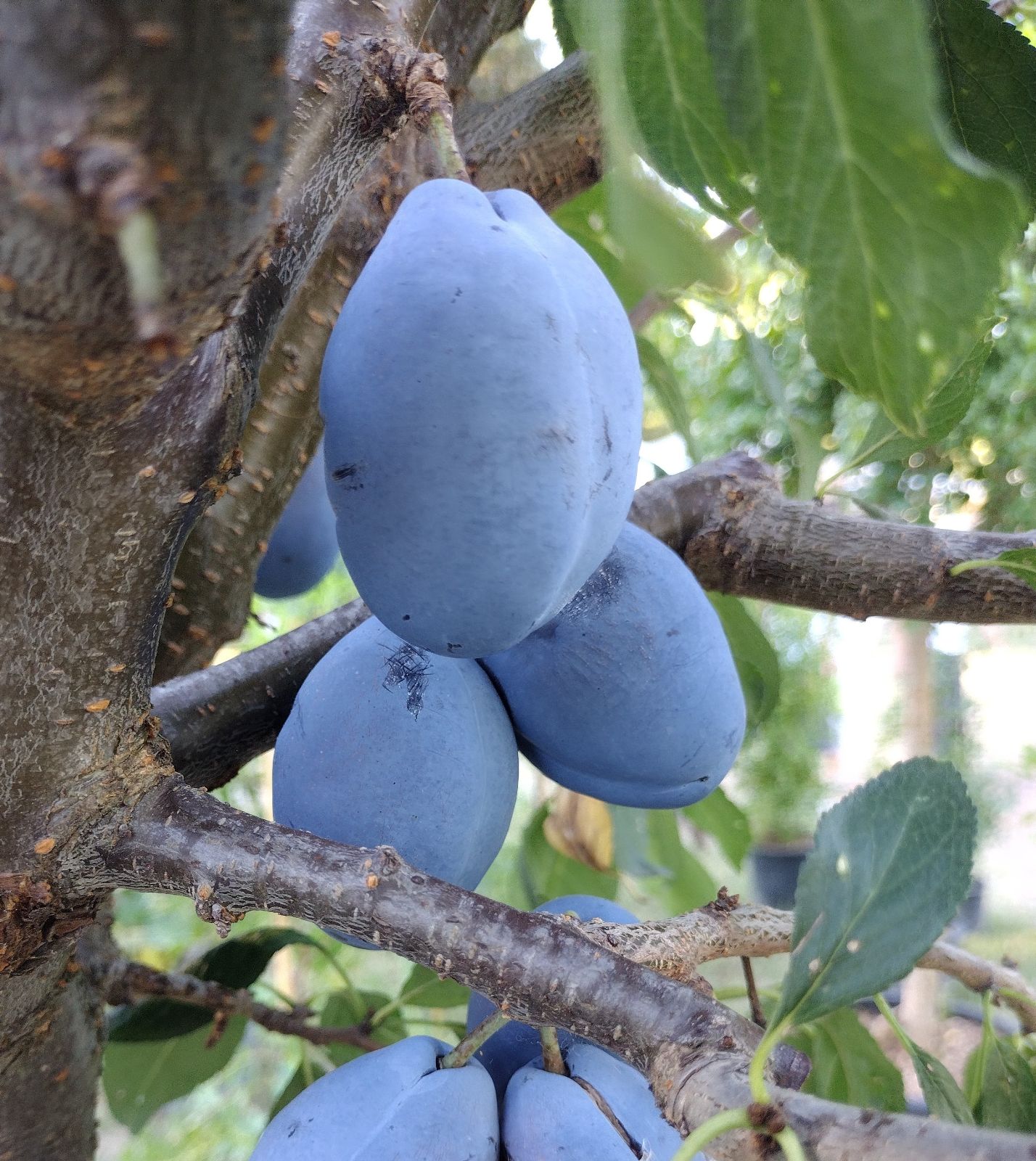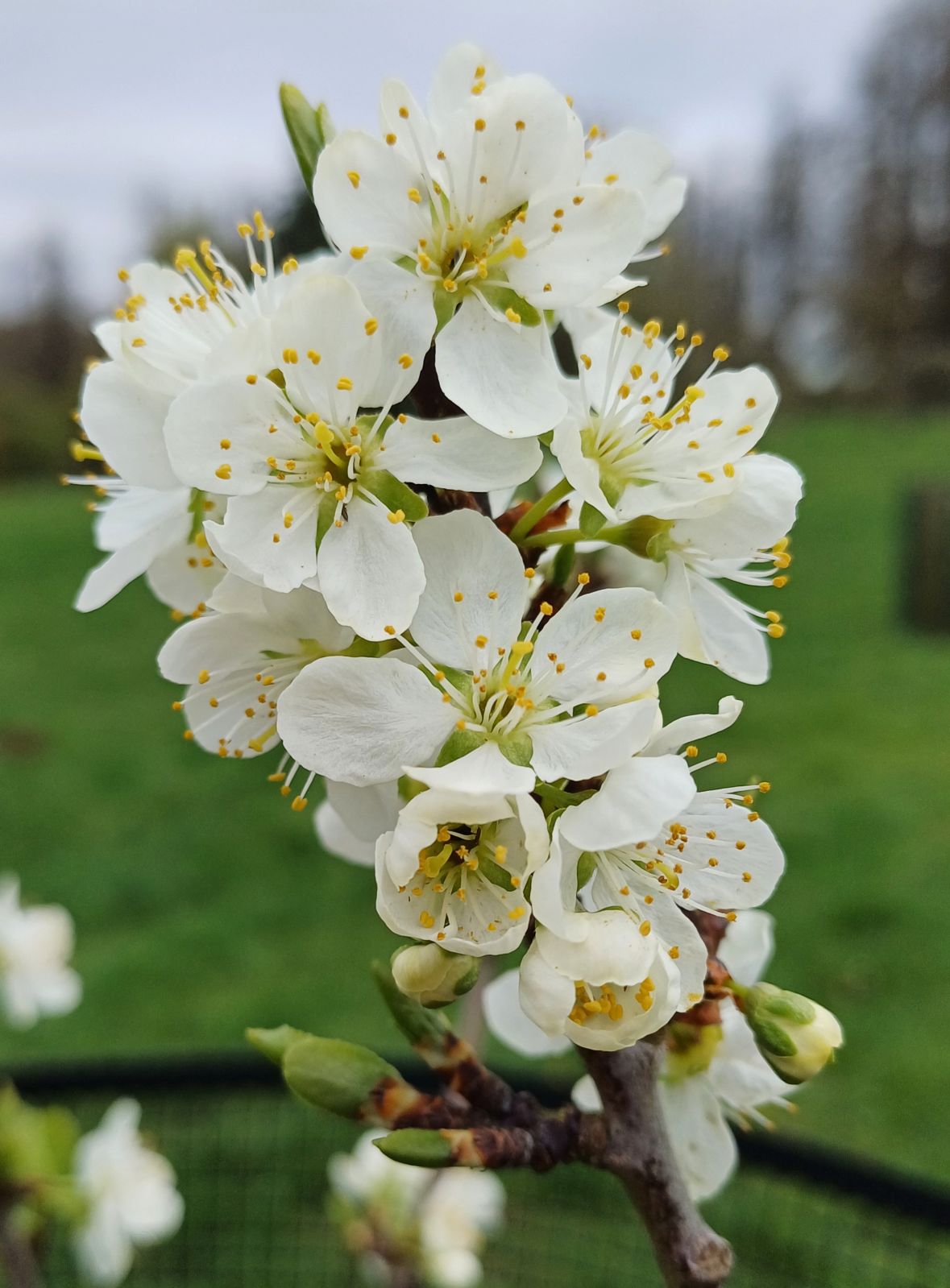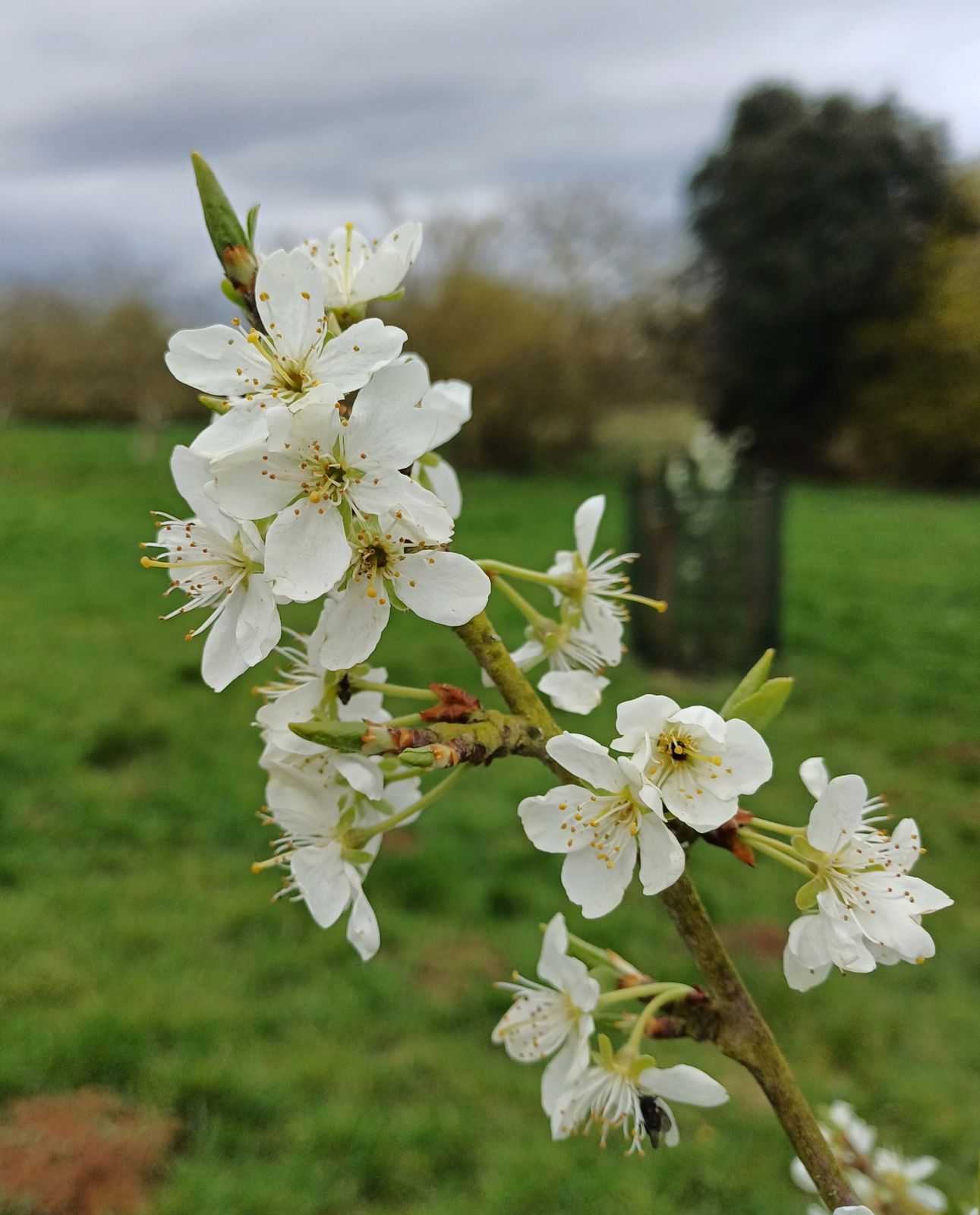Prunus domestica
Credits
Article from Bean's Trees and Shrubs Hardy in the British Isles
Recommended citation
'Prunus domestica' from the website Trees and Shrubs Online (treesandshrubsonline.
Other taxa in genus
- Prunus alleghaniensis
- Prunus americana
- Prunus × amygdalo-persica
- Prunus amygdalus
- Prunus angustifolia
- Prunus apetala
- Prunus arabica
- Prunus argentea
- Prunus armeniaca
- Prunus avium
- Prunus besseyi
- Prunus brigantina
- Prunus campanulata
- Prunus canescens
- Prunus cantabrigiensis
- Prunus cerasifera
- Prunus cerasus
- Prunus cocomilia
- Prunus concinna
- Prunus conradinae
- Prunus consociiflora
- Prunus cornuta
- Prunus cuthbertii
- Prunus dasycarpa
- Prunus davidiana
- Prunus × dawyckensis
- Prunus dielsiana
- Prunus dulcis
- Prunus emarginata
- Prunus × fontanesiana
- Prunus fruticosa
- Prunus glandulosa
- Prunus grayana
- Prunus himalaica
- Prunus hortulana
- Prunus humilis
- Prunus ilicifolia
- Prunus incana
- Prunus incisa
- Prunus jacquemontii
- Prunus kansuensis
- Prunus lannesiana
- Prunus laurocerasus
- Prunus litigiosa
- Prunus lusitanica
- Prunus maackii
- Prunus mahaleb
- Prunus maritima
- Prunus maximowiczii
- Prunus microcarpa
- Prunus mira
- Prunus mugus
- Prunus mume
- Prunus nigra
- Prunus nipponica
- Prunus orthosepala
- Prunus padus
- Prunus pensylvanica
- Prunus persica
- Prunus pilosiuscula
- Prunus prostrata
- Prunus pumila
- Prunus rufa
- Prunus salicina
- Prunus sargentii
- Prunus serotina
- Prunus serrula
- Prunus serrulata
- Prunus sibirica
- Prunus × sieboldii
- Prunus simonii
- Prunus sogdiana
- Prunus speciosa
- Prunus spinosa
- Prunus ssiori
- Prunus subcordata
- Prunus subhirtella
- Prunus takesimensis
- Prunus tangutica
- Prunus tenella
- Prunus tomentosa
- Prunus triloba
- Prunus virginiana
- Prunus × yedoensis
A deciduous tree up to 15 or 20 ft high, or (under wild conditions) a shrub, of suckering habit, with brown, usually glabrous or almost so, unarmed branches. Leaves elliptical or obovate, downy beneath on the midrib and veins, 11⁄2 to 3 in. long, of a dull greyish green, margins set with rounded even teeth; stalk usually downy, glandular, about 1⁄2 in. long. Flowers produced in April singly or in pairs, from the buds of the previous year’s shoots, white, 3⁄4 to 1 in. across; stalks 1⁄4 in. long, glabrous. Fruits variable in shape, size, and colour. Stones flattened, sharp-angled, slightly pitted, usually free from the flesh.
For the origin of the plums and related fruits see below. It is occasionally met with in hedgerows, etc., as an escape from cultivation or semi-naturalised, but is not so common as the bullace, from which it is well distinguished by its unarmed branches and more or less glabrous twigs.
The plum is largely used as a stock for almonds, peaches, etc., being very hardy. It is not worth growing for ornament in gardens, at least in its typical form. An old tree in blossom is pretty, but not more so than the fruit-bearing plums commonly grown, of which it is one of the parents. The double-flowered ‘Plantierensis’ is sometimes grown as an ornamental.
subsp. insititia (L.) Poir. P. insititia L. Bullace. – Twigs downy and remaining so for a year or so; branches often thorny, brown. Leaves as in typical P. domestica. Fruits usually rounded or broadly ellipsoid, usually dark purple in naturalised trees. Stone not so flattened as in the plum, with blunt edges and clinging to the flesh.
The bullace is not a native of Britain but has become thoroughly naturalised. It is now little cultivated, but three orchard varieties are described in the latest supplement to the Dictionary of Gardening. The Mirabelle group of plums, with round, yellow fruits, belong to this subspecies. The damsons, too, are said to derive from it. They take their name from Damascus, where they have been cultivated since before the Christian era.
The Green Gage or Reine Claude is by some authorities given the rank of subspecies – subsp. italica (Borkh.) Hegi; by others it is placed under subsp. insititia.
Modern research has shown that that P. domestica and its subspecies are hexaploid and of hybrid origin. The sloe, P. spinosa, is a tetraploid species and the cherry plum, P. cerasifera or P. divaricata diploid. In the Caucasus hybrids between them, which are triploid and sterile, are said to occur quite frequently. But doubling of the chromosome number gives rise to fertile, more or less true-breeding hexaploids and it is from these that the plums and their allies are derived (Crane and Lawrence, The Genetics of Garden Plants, ed. 4, pp. 237–8; Rybin, Planta, Vol. 25, pp. 22–58).





